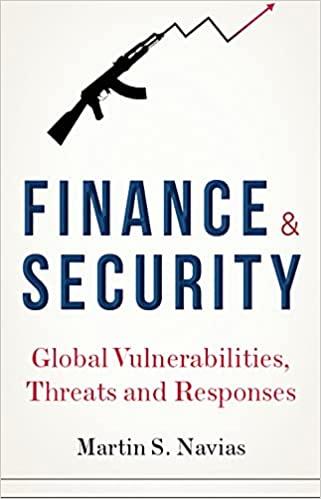Question
Please solve the question by using the template It is late November and you are undertaking an investment analysis of an offifice property that your
Please solve the question by using the template

It is late November and you are undertaking an investment analysis of an offifice property that your
fifirm is considering purchasing at the end of this year. The property has 80,000 square feet of leasable
space currently occupied by two tenants each leasing 40,000 square feet. Both tenants have triple
net leases; all operating expenses are passed through to tenants. The owner pays operating expenses
associated with vacant space. Current ''market'' rent is $20 per square foot on a triple net basis (for
leases signed today). Operating expenses for the property are currently $6 per square foot per year.
Tenant #1: has 15 years left on a long-term, fifixed payment lease with annual rental payments at $15
per square foot (constant for the next 15 years). This fifirm has a strong AAA credit rating.
Tenant #2: lease expires at the end of the next year and calls for fifixed rental payments at $18 per SF.
As part of your analysis therefore, you have to estimate vacancy allowance and tenant improvement
expenditure line items for year 2. You feel that the probability of the existing tenant renewing its lease
is 80 percent. If they do not renew, you anticipate four months of vacancy and that your fifirm will have
to spend $10.00 per square foot to modernize the space for the next tenant. If, on the other hand,
the existing tenant renews, your fifirm will not spend any money on tenant improvements for this
space (note, both your vacancy allowance and TI numbers are expected values in the sense they
reflflect the probability of nonrenewal). Assume any lease signed will have at least a fifive-year term and
fifixed rental payments and that the next tenant would lease the full 40,000 square feet.
Determine the ''market value'' of the property assuming a fifive-year holding period with a sale at an
anticipated terminal cap rate of 9% and selling expenses of 3%. Market rents are expected to grow by
2% per year, and the typical investor requires a 10.5% total return (market going-in IRR).
Assumptions Proforma 0 1 2 3 4 5 1. Operating Cash Flow market net rent per SF Potential (Net) Rental Income space 1 space 2 Expected building rent Vacancy Allowance space 1 space 2 Total turnover vacancy cost Operating Expenses Building level Reimbuered by tenant 1 Reimbuered by tenant 2 owners share of operating expense NOI CapExpense (TI) PBTCF 2. Reversionary Cash Flow Expected sale price selling expense Net sale price Expected Total Property Cash FlowStep by Step Solution
There are 3 Steps involved in it
Step: 1

Get Instant Access to Expert-Tailored Solutions
See step-by-step solutions with expert insights and AI powered tools for academic success
Step: 2

Step: 3

Ace Your Homework with AI
Get the answers you need in no time with our AI-driven, step-by-step assistance
Get Started


